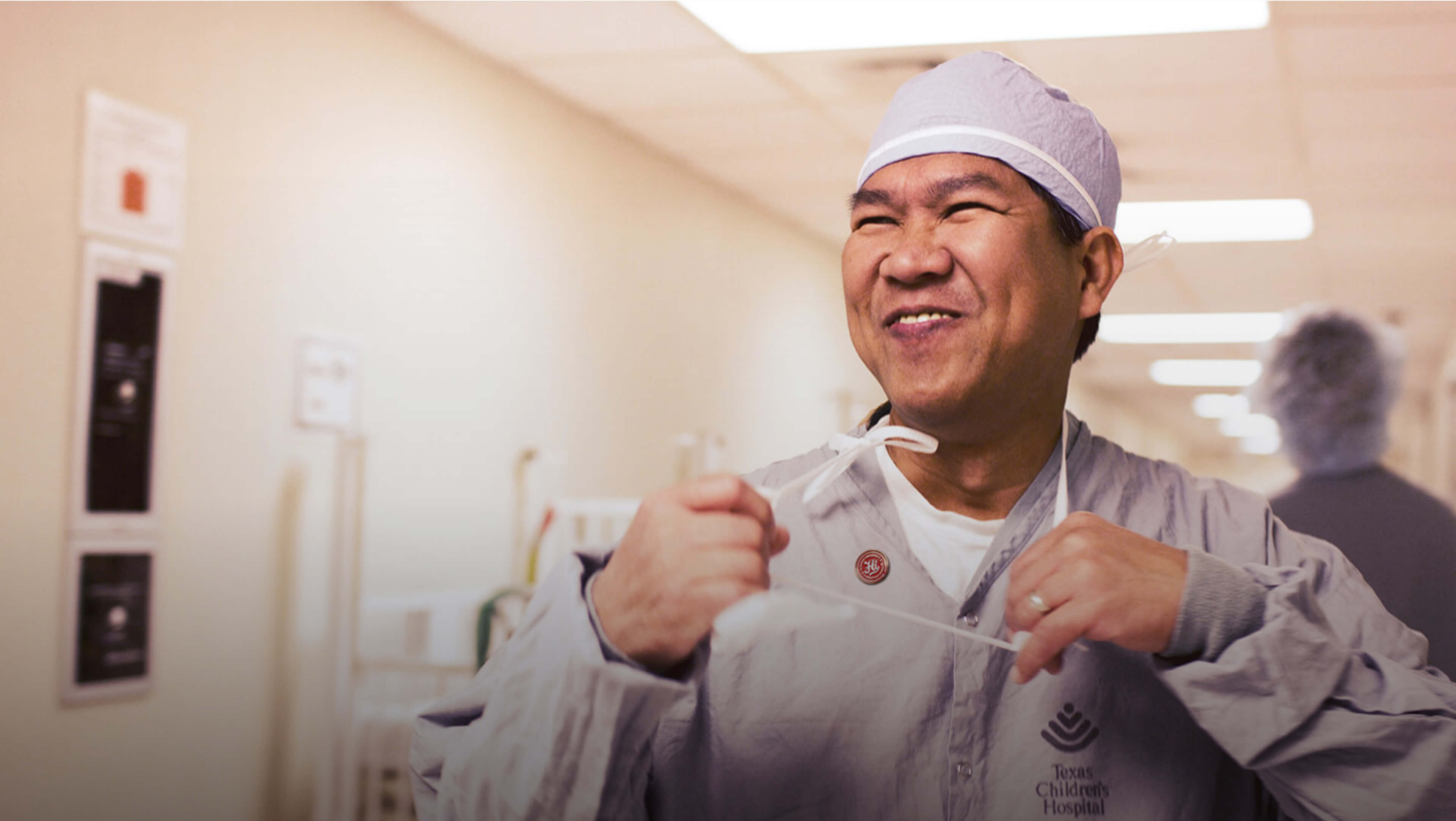Safeguarding Inspiration: Preserving Our Cultural Heritage in an Era of Climate Crisis
At SPARK, we understand the vital role art and culture play in shaping identities, communities and the overall traveler experience. Living and working in Florida means we are familiar with the threats of hurricanes and extreme weather, yet each storm season brings an intensifying sense of urgency. When Hurricanes Milton and Helene recently struck Tampa and surrounding areas, thousands of Floridians faced uncertainty, evacuating with the hope of returning to something familiar. For cultural institutions and collectors, however, the stakes have grown even higher: it’s not just homes and businesses but also irreplaceable pieces of art, history, and cultural identity at risk.
Recently, after Hurricane Helene, many Floridians took unprecedented precautions, safeguarding cherished items like family photos and personal art collections. The Tampa Museum of Art, home to a nationally recognized collection of antiquities, reopened after the storms with no severe damage, though the pressure and vulnerability are apparent. Museum staff sheltered on-site, with the director staying three days to protect the collection amid evacuation orders and power outages. This level of vigilance is becoming increasingly common. After Hurricane Ian in 2022, which caused significant damage, it was clear that local institutions need to be prepared for escalating challenges.
Nearby, the Dalí Museum in St. Petersburg, housing over 2,400 works by Salvador Dalí, also took extensive precautions ahead of Hurricane Milton. Located on waterfront property, the museum stores its collection on the third floor—over 30 feet above ground—with storm doors to guard against water intrusion. Though the artworks were spared, minor damage to the building’s dome reminded us of the ever-present risk posed by extreme weather.

These efforts underscore a larger question: what happens when even our best preparations are overwhelmed? What do we lose when cultural institutions, entrusted with our collective history and artistic heritage, can no longer withstand natural forces? As climate events intensify, it’s easy to focus on the physical destruction of homes and infrastructure. Yet the dangers faced by our cultural institutions are equally profound. Unlike buildings that can be rebuilt, history and heritage cannot be recreated. We cannot replace ancient artifacts or reimagine cultural sites that connect us across generations and inspire future creativity.
The importance of preserving cultural heritage goes beyond its historical value. Art, history, and cultural collections are vital sources of inspiration. They fuel creativity, serving as springboards for artists, designers, writers, thinkers and travelers. Losing access to these resources means losing a wellspring of inspiration for future generations, limiting their ability to draw from the past to imagine and create anew. Cultural spaces allow for learning and connection across communities and identities. They bring to life our shared histories and experiences, offering a sense of belonging, understanding and connection to destinations that is difficult to achieve otherwise.
This issue extends far beyond Florida. Around the world, climate change endangers cultural sites: rising sea levels flood Venice’s historic buildings, increased humidity threatens China’s Mogao Grottoes with its Buddhist art, and frequent floods in Nigeria put the Osun-Osogbo Sacred Grove—a UNESCO World Heritage Site—at risk. These institutions, like those in our region, are grappling with the same volatile climate patterns as they work to preserve priceless artifacts.

Data from Ithaka S+R’s Art Museum Director Survey reflects the scale of this problem: 35% of museum directors in the U.S. report that climate-related events have directly impacted their institutions, with extreme weather and flooding among the leading culprits. Each incident brings substantial financial, logistical, and emotional costs. Storms and floods jeopardize structures, damage collections, and disrupt cultural continuity. Protecting these collections often requires costly upgrades in climate control, protective barriers, and digital preservation—upgrades that many institutions cannot afford without significant public and private support.
Initiatives like the European Regional Development Fund and Horizon Europe are already funding cultural preservation in response to climate threats, enabling museums to invest in flood barriers, climate control, and digital preservation. In Florida, the Broward County Cultural Division focuses on protecting cultural assets and supporting the region’s artist community. Investments like these enhance cultural infrastructure and drive economic vitality while safeguarding invaluable pieces of heritage.
These cultural artifacts and sites are more than decorative assets; they are our collective memory. When we lose pieces of this history, we lose part of the narrative that connects us to our past and informs our present. The art and culture experiences of our communities are what enables travelers to really get a glimpse of our true story when they visit. If these connections are erased due to climate events, what stories will we pass on? What inspiration will future generations draw from, and what connections can we create with visitors from around the world?
At SPARK, we believe that preserving our cultural heritage is about more than protecting artifacts; it’s about safeguarding a vital part of our identity that sparks creativity, fuels innovation, nurtures the imagination and provides transformative experiences for travelers of all types. The actions we take today will tell tomorrow’s generation who we were, what we valued, and how we rose to meet the challenges of our time.
Let’s ensure this story doesn’t end with a storm.










